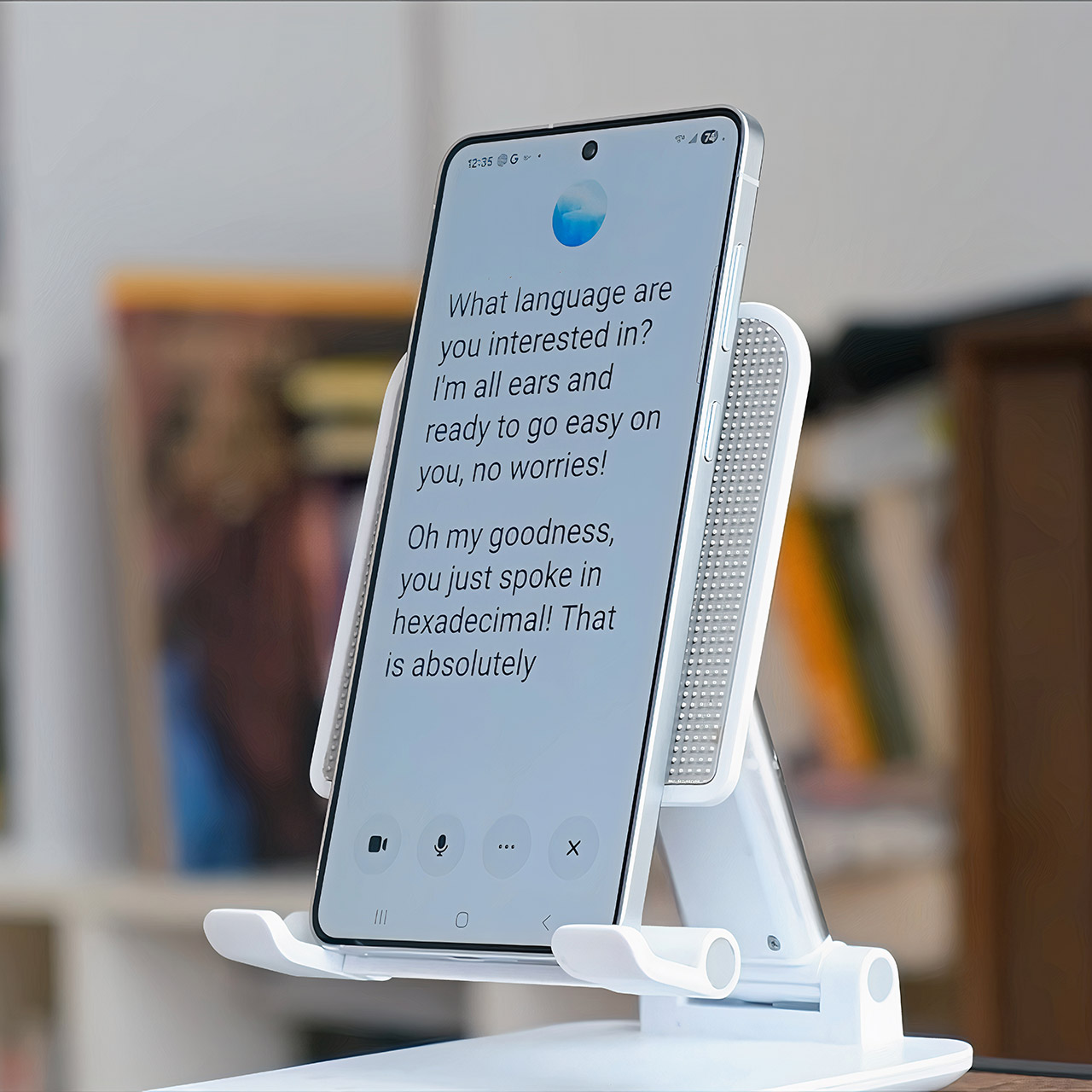Developer Offer
Try ImaginePro API with 50 Free Credits
Build and ship AI-powered visuals with Midjourney, Flux, and more — free credits refresh every month.
Man Speaks Machine Language To ChatGPT

Xiaomanyc, a New York-based language enthusiast, recently took his exploration of communication to a new frontier. In a fascinating video session, he put ChatGPT's linguistic capabilities to the ultimate test, moving beyond human languages into the realm of machine code.
A Multilingual Warm-Up
The session began conventionally enough. Xiaomanyc engaged the AI in a casual, multilingual conversation, smoothly transitioning between English, Chinese, Spanish, and French. As expected, ChatGPT kept up effortlessly, offering helpful phrases and demonstrating its prowess as a powerful language tool. But this was just the prelude to a much more unconventional experiment.
The Unexpected Switch to Machine Code
Turning a typical language lesson into a viral moment, Xiaomanyc announced he wanted to learn a new language. He then began speaking a series of numbers and letters in paired sequences. This wasn't a forgotten dialect or a constructed language; it was hexadecimal, a numbering system fundamental to computing. What followed was a delightful and surprising interaction that showcased the AI's deep-rooted understanding of not just human expression, but also the code that underpins its own existence.
You can see the fascinating exchange in the video below:
Watch the full interaction on YouTube
Decoding the Language of Computers
For those unfamiliar, hexadecimal, or "hex," is a base-16 numbering system. While we use a base-10 system in daily life (with digits 0-9), hex uses sixteen symbols: 0 through 9, and the letters A through F to represent values 10 through 15.
So why is this important for computers? At their core, computers operate in binary—a base-2 system using only 0s and 1s. However, long strings of binary are incredibly difficult for humans to read and work with. Hexadecimal provides a brilliant solution by grouping every four binary digits into a single hex digit. This makes it a much more compact and human-friendly way to represent raw binary data. Programmers frequently use hex to read memory addresses, define colors (like #FFFFFF for white), and write low-level machine instructions. In essence, Xiaomanyc was speaking a shorthand version of the computer's native tongue.
(As reported by Laughing Squid)
Compare Plans & Pricing
Find the plan that matches your workload and unlock full access to ImaginePro.
| Plan | Price | Highlights |
|---|---|---|
| Standard | $8 / month |
|
| Premium | $20 / month |
|
Need custom terms? Talk to us to tailor credits, rate limits, or deployment options.
View All Pricing Details

